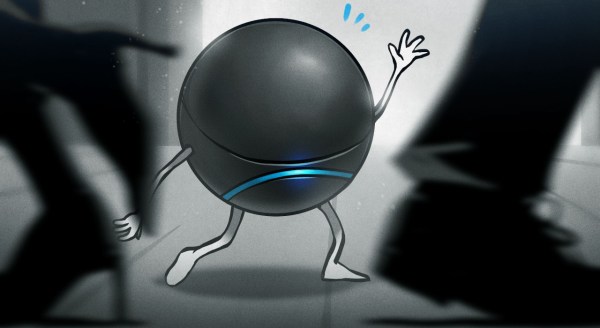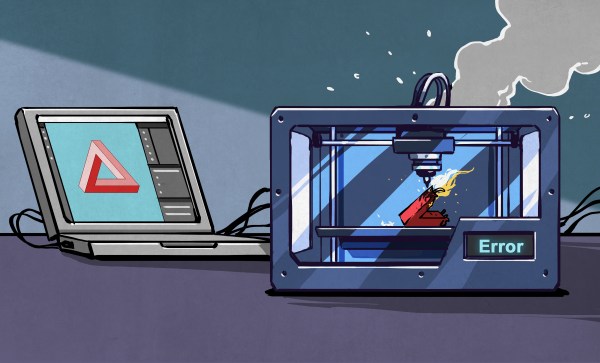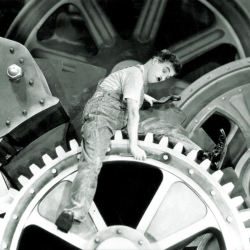It was probably Montesquieu who coined the proto-hacker motto “the best is the mortal enemy of the good”. He was talking about compromises in drafting national constitutions for nascent democracies, of course, but I’ll admit that I do hear his voice when I’m in get-it-done mode and start cutting corners on a project. A working project is better than a gold-plated one.
But what should I do, Monte, when good enough turns out to also be the mortal enemy of the best? I have a DIY coffee roaster that is limping along for years now on a blower box that uses a fan scavenged in anger from an old Dust Buster. Many months ago, I bought a speed-controllable and much snazzier brushless blower fan to replace it, that would solve a number of minor inconveniences with the current design, but which would also require some building and another dive into the crufty old firmware.
So far, I’ve had good enough luck that the roaster will break down from time to time, and I’ll use that as an excuse to fix that part of the system, and maybe even upgrade another as long as I have it apart. But for now, it’s running just fine. I mean, I have to turn the fan on manually, and the new one could be automatic. I have only one speed for the fan, and the new one would be variable. But the roaster roasts, and a constant source of coffee is mission critical in this house. The spice must flow!
Reflecting on this situation, it seems to me that the smart thing to do is work on smoothing the transitions from good enough to best. Like maybe I could prototype up the new fan box without taking the current one apart. Mock up some new driver code on the side while I’m at it?
Maybe Montesquieu was wrong, and the good and the best aren’t opposites after all. Maybe the good enough is just the first step on the path toward the best, and a wise man spends his energy on making the two meet in the middle, or making the transition from one to the other as painless as possible.




















